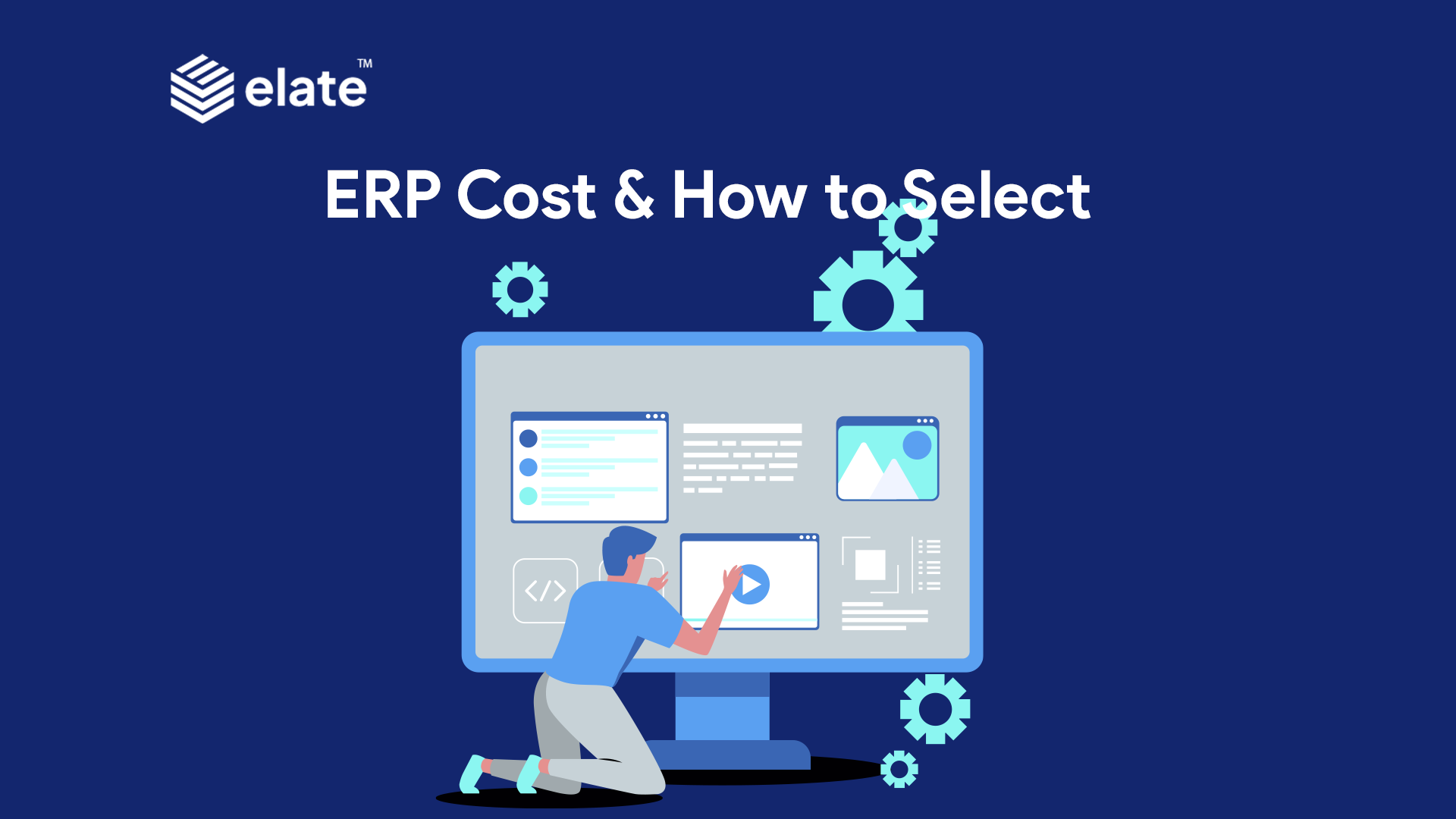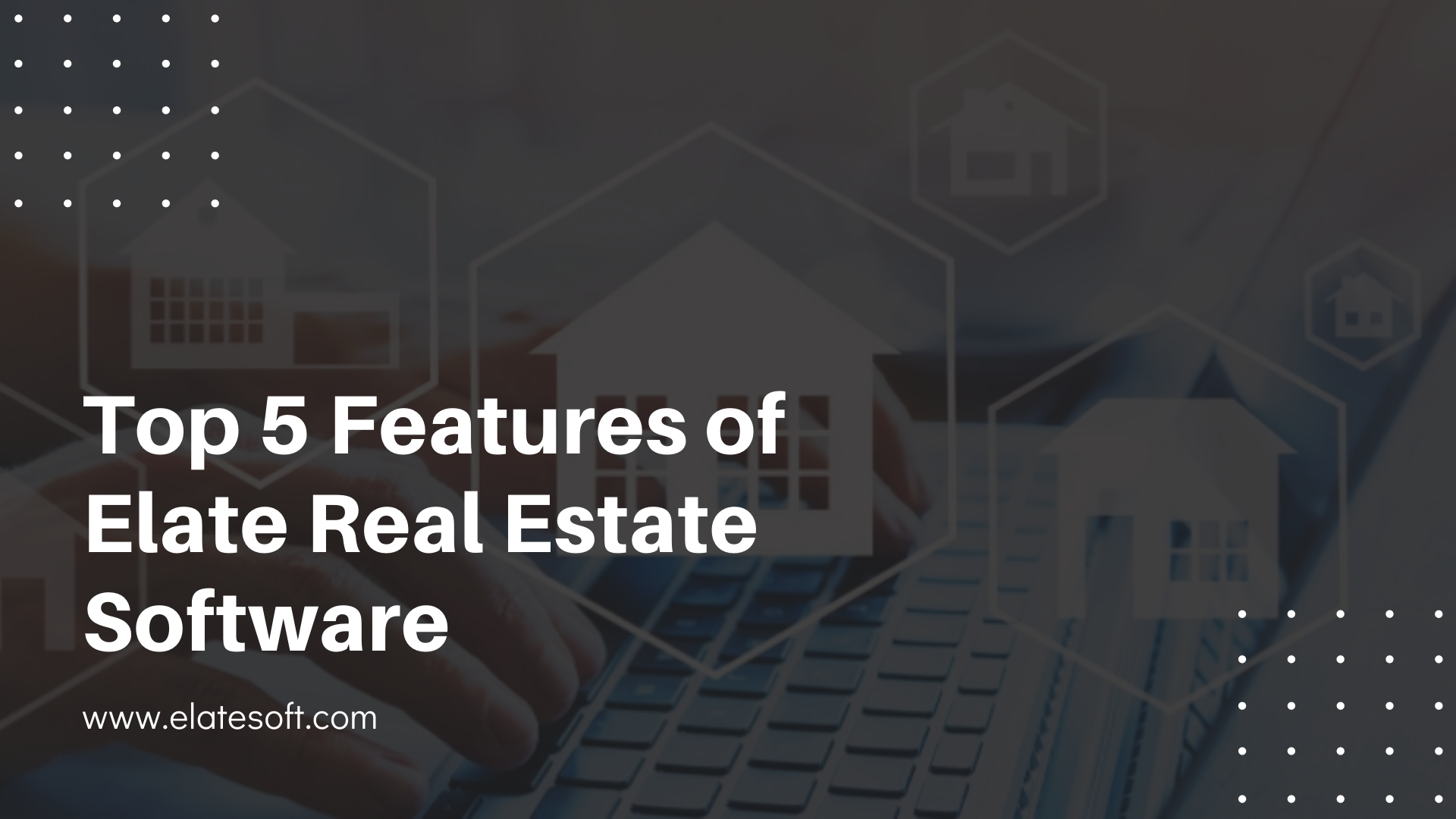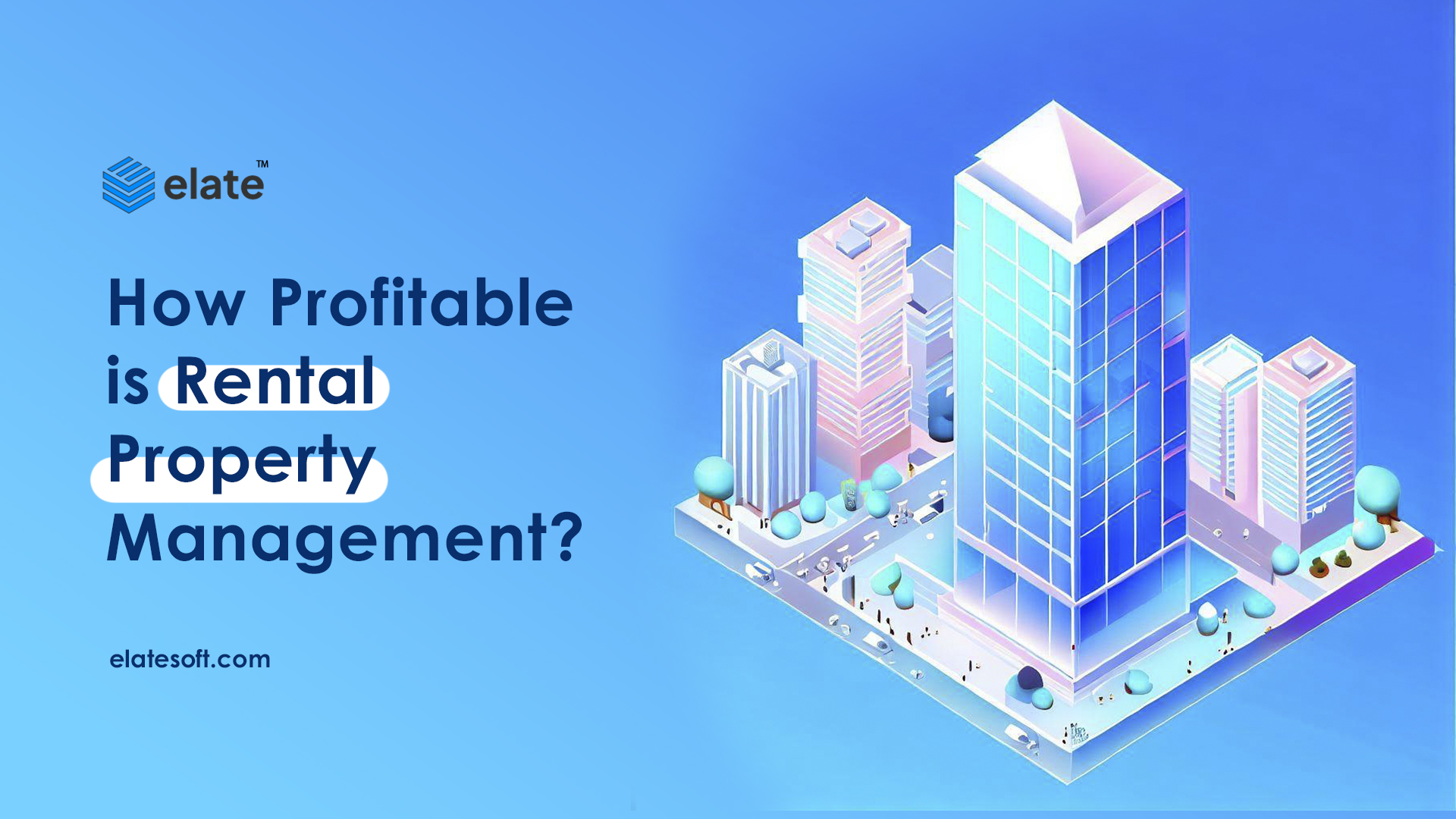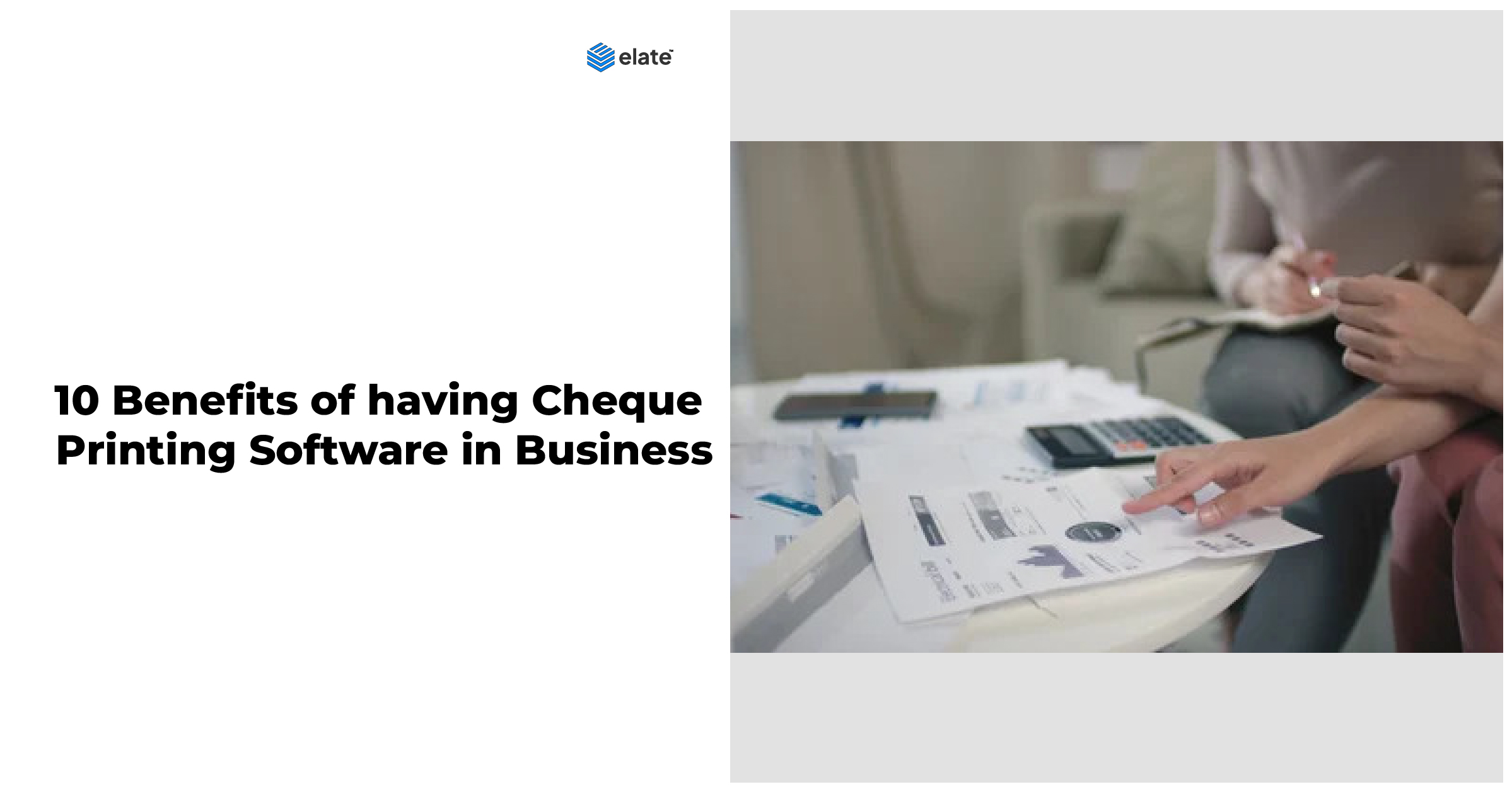
1/31/2025
How much does ERP Cost and How to Select
Today’s modern businesses need ERP software for their workflow. The software combines all the processes of the organization in a single system. It includes inventory management, finance handling, human resources, and customer management. Using an ERP system, businesses may automate numerous repetitive procedures, streamline operations, and increase productivity. But selecting the best ERP software can be challenging, particularly in terms of pricing. How much does ERP cost? In this blog post, we will discuss the pricing and how to select software based on that.
How much does ERP Cost?
Various factors affect the cost of ERP Software. For example, the company size, implementation complexity, number of users, and features.
Purchase options for ERP systems include perpetual licenses, subscription-based plans, and cloud-based solutions. The following components make up the price of ERP software:
License fees
It represents the price of buying the software license, which is generally a one-time expense. Depending on the supplier and the functionality offered by the software, the license charge can vary significantly.
Implementation ERP cost
It covers the price of the software’s installation and configuration. Also, it includes data migration, training, and customization costs. Depending on the size and complexity of the implementation, costs may vary.
Maintenance and support ERP cost
It includes the price of ongoing maintenance and support, which may include the cost of software upgrades, bug fixes, and technical assistance. Either the license fee includes maintenance and support expenses or may be charged separately.
Hardware costs
It covers the price of the servers, storage, and networking hardware needed to operate the software.
Operational expenses
It covers the continuing costs associated with maintaining the program. Such as those related to electricity, internet access, and data centers.
The price of Enterprise Resources Planning software can vary from a few thousand dollars to millions of dollars. It may cost this much depending on the size and complexity of the deployment. Large corporations might expect to pay millions of dollars, and small and medium-sized businesses should expect to pay between $50,000 and $500,000 for an ERP system implementation.
How to select ERP software based on cost?
There are a variety of factors to take into account when choosing ERP software based on cost. They include:
The total cost of ownership (TCO)
The total cost of ownership (TCO) of an ERP software comprises all charges incurred over the software’s lifetime. It covers the license fee as well as the costs of implementation, maintenance, hardware, and operations. Consider The TCO while choosing an ERP system to prevent additional costs and budget overruns.
Return on investment (ROI)
The ROI of ERP software assesses how profitable the program is in terms of its price. Consider ROI while choosing an ERP tool. So, the software offers a profitable return on investment.
Scalability:
Scalability refers to the capacity of an ERP system to expand along with the company. You should review scalability while choosing ERP software. It ensures that it can accommodate the company’s expansion without incurring major additional costs.
Functionality:
ERP software’s capacity to satisfy the demands of the business is referred to as its functionality. It is crucial to consider functionality when choosing an ERP tool. Ensure that the software fulfills the organization’s demands without requiring extensive customization.
User Acceptance
User acceptance is necessary for the success of an ERP software implementation. It is important to consider user adoption and ease of use when choosing an ERP solution to ensure that the staff uses it efficiently.
Establishing Your Budget
What budget should your business have for an ERP system? Before deciding on a vendor, you must have the answer. When calculating your budget for an ERP system, be sure to take into consideration all of the associated expenditures. Yet, the most important factor in choosing ERP software may be figuring out how much money your business can spend while remaining transparent.
ERP solutions can be overly costly. You will need access to your company’s operating financial data and budgeting information while creating your ERP budget. After all, you don’t want to be in debt while attempting to make your idea into practice.
With this in mind, you must account for ongoing costs related to ERP and make sure your business’s finances can bear these expenses. You wouldn’t want to spend a lot of money on a program only to find that it is difficult to use or becomes outdated after a few years.
Consider the mentioned ERP costs as you start to develop a budget for software deployment. If you don’t feel like scrolling or can’t think of them right away, these are the things to consider:
Training, Maintenance, Support, Deployment Technique, Customizations/Add-ons, Upgrades, Users in Number
You should create an estimation of the total cost of an ERP program based on your business’s requirements and the offered pricing from relevant vendors. Think about whether your business can afford to support this. And “Will the first investment in an ERP solution be worthwhile?”
You’re in luck if you can affirmatively respond to both of these inquiries! You’re probably in a position where you can seek software in earnest at this point.
Secure more money for your ERP project than you anticipate needing while setting your budget. Why? ERP deployment regularly surpasses expectations.
Analyzing Your ROI
A new ERP solution can significantly boost your return on investment (ROI) across a variety of company areas and KPIs, including productivity and cost-cutting. Below is a summary of the areas where you should anticipate a big ROI.
Increased Productivity:
Automating routine processes (such as distributing bills, keeping track of orders, and paying personnel) allows you to focus on more important duties while saving time. Your production levels rise as a result of your improved focus.
Greater awareness of the supply chain:
You can manage your supply chain with real-time information for on-time delivery, bottlenecks, vendor dependability, and more.
Improved Client Satisfaction Rates:
Your on-time delivery and satisfaction rates rise when duties are automated. Thus, Productivity is increased. You can manage new and recurring clients by using the proper CRM solutions. It assists you to maintain leads and client happiness.
Your company’s requirements and how well you plan for deployment will determine how much you have to spend on an ERP. The price of ERP depends on a variety of factors. It includes the number of users, deployment strategy, and training. It also adds up to the subscription or licensing fees for the software.
Hence, you must consider these many elements when evaluating how much it would cost your company. ERP costs might be expensive to the peak level. You must ensure that it addresses all your business’s key concerns. And that its cost shouldn’t be too high for you to manage.
Contact us right away if you want to learn more about ERP.




